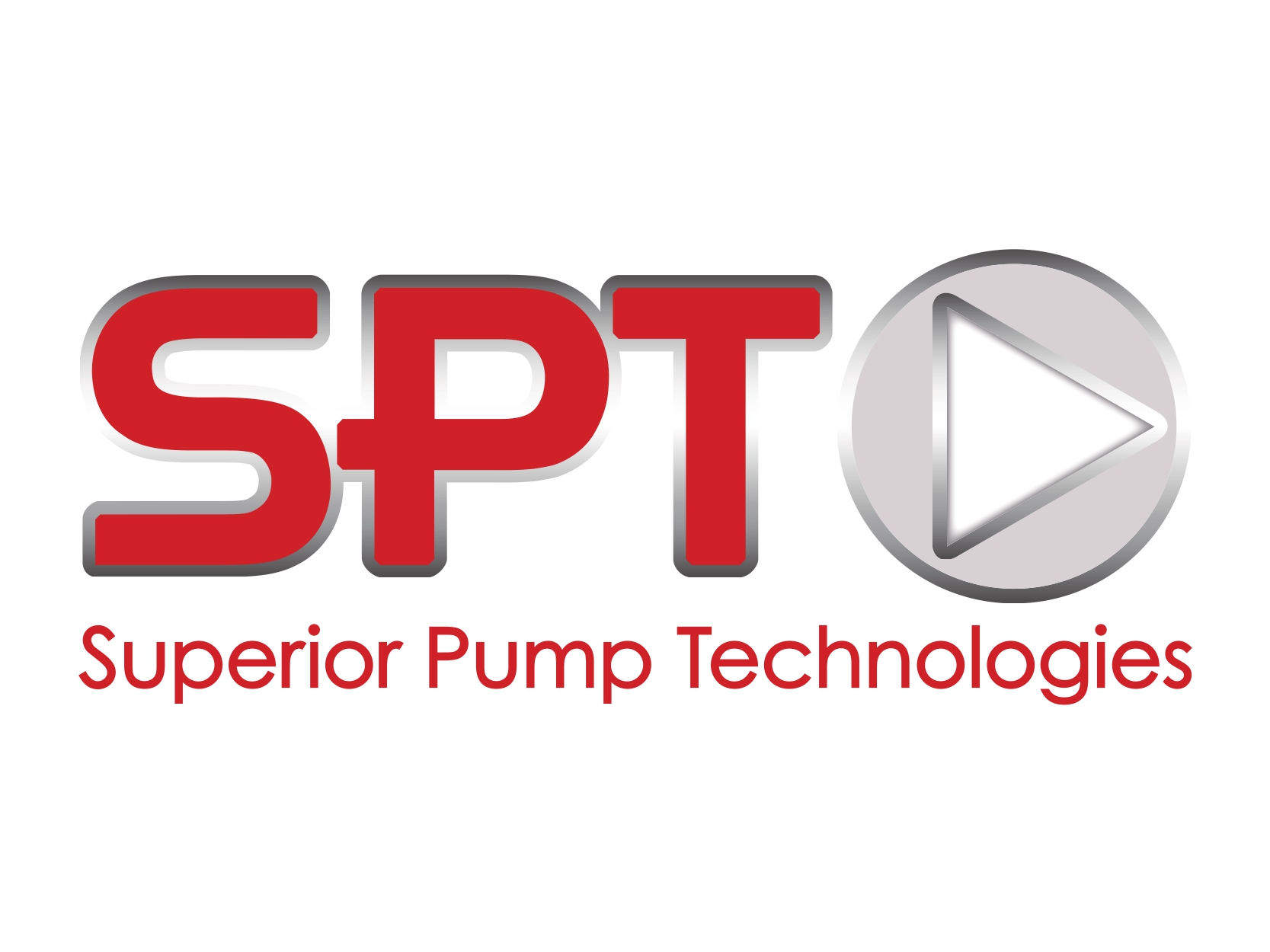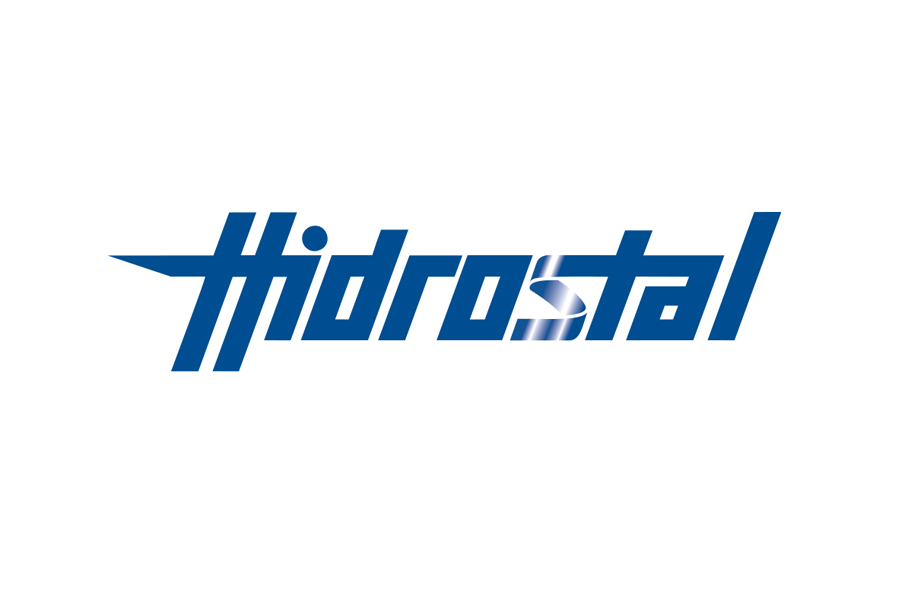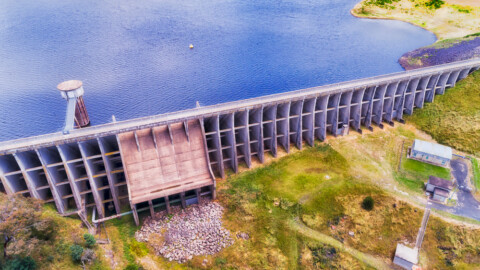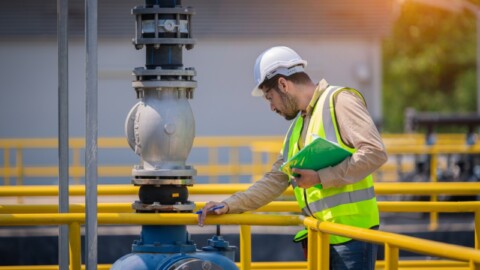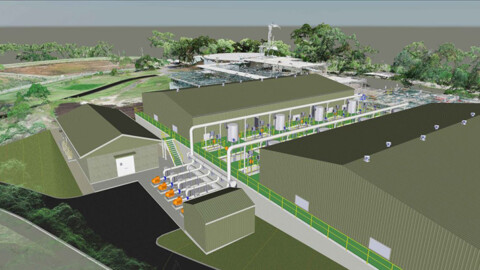The more than $300 million Toowoomba to Warwick Pipeline (T2W) project, which will include new pumps and upgrades to water treatment plants, has been welcomed by both the Toowoomba Regional and Southern Downs Regional Councils, with both councils voting in favour of the project.
The pipeline will carry raw water from Wivenhoe Dam and connect with Toowoomba Regional Council’s existing water infrastructure to deliver water to Warwick, and will be an opportunity to deliver treated water to the satellite communities of Cambooya, Greenmount, Nobby and Clifton.
Importantly the pipeline also provides drought contingency for all the residents of Southern Downs Regional Council.
Queensland Minister for Water, Glenn Butcher, said the councils’ endorsements mean good jobs and better services for the south-west regions, with pre-construction works to begin, as promised, before Christmas.
“We’re thrilled that Toowoomba and Southern Downs have supported this project and – subject to some final negotiations – we are now in a position to meet our commitment to get this project underway and on track for scheduled completion by the end of 2026.
“Construction of this pipeline is critical to providing improved water security for the residents of Southern Downs Regional Council, as well as delivering approximately 420 jobs to the Toowoomba and Southern Downs communities during construction,” Mr Butcher said.
Mr Butcher said Toowoomba residents could be confident that the pipeline would not impact their existing water supply, while at the same time providing drought resilience to surrounding communities.
“Here in Queensland, we know we can’t always rely on rain, and we never want to again find ourselves in the position where Warwick is at risk of running out of water,” Mr Butcher said.
Toowoomba Regional Council Mayor, Paul Antonio, said, “Council met yesterday to discuss this proposal and its implications and we have voted to support the project, confident that it brings benefits to our communities, as well as helping our neighbours in the Southern Downs region.
“Having certainty of water supply gives the community confidence, as well as small business and industry that rely on councils’ reticulated supplies.
“This is good news for future economic growth of the region’s communities and provides a pathway to prosperity,” Mr Antonio said.
“There has been a considerable amount of work which has taken place to get us to this point and cooperation between the State Government, Southern Downs Regional Council and Toowoomba Regional Council.”
Southern Downs Regional Council Mayor, Vic Pennisi, said the collaboration between two levels of government would deliver significant benefits to Southern Downs communities.
“We welcome this drought-resilience measure,” Mr Pennisi said.
“When the town of Warwick almost ran out of water in 2020, it was a stark reminder that the weather is unpredictable and we need to protect ourselves against potential disaster as much as possible.
“We are most grateful for the continued support from the Queensland Government and our neighbours Toowoomba Regional Council, and look forward to ongoing collaboration to see this drought-resilience project come to fruition.”
Seqwater has delivered detailed designs for the pipeline and is continuing to work with stakeholders in preparing to move into the pre-construction phase of the pipeline, including discussion with landholders.
“It’s hoped that the pre-construction phase can commence within the next few months, with a tentative construction and commissioning completion date of end-2026,” Mr Butcher said.
“Public consultation in February 2022 has shown support for the pipeline, but we needed to work through those final affordability and water security concerns with councils.”
The Queensland Government previously announced the $19.34 million Southern Downs Drought Resilience Package, which was designed to help increase local water availability and improve Southern Down’s drought resilience.
The package includes measures such as the installation of new pumps at Leslie Dam which allows for accessing previously ‘dead water’ – water below the level that existing pumps could access – as well as investigative works into the Toowoomba to Warwick pipeline, commissioning of groundwater bores, and upgrades to water treatment systems.




